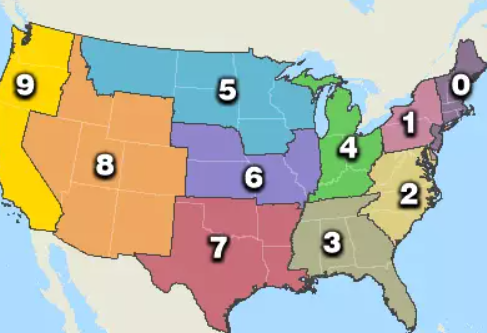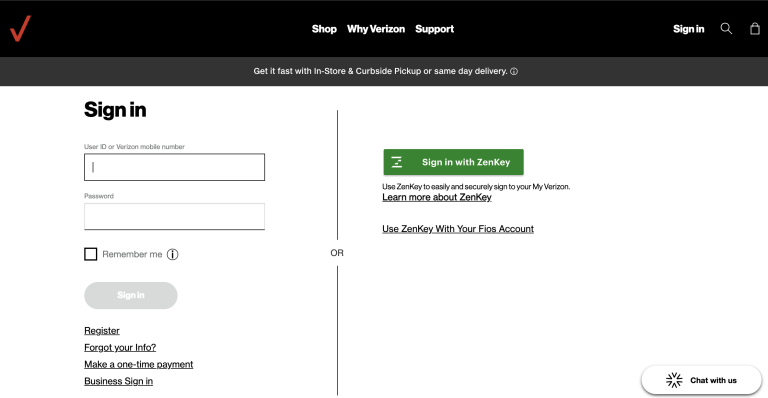The 5-digit ZIP code USA system is a fundamental part of the United States Postal Service (USPS) infrastructure. It is an essential tool for ensuring mail and packages reach their intended destinations quickly and accurately. Let’s delve into the history, functionality, and ongoing significance of these seemingly simple five-digit codes.
Contents
History and Development of the 5-Digit ZIP Code USA
The Birth of the ZIP Code:
In the mid-20th century, as the American population and mail volume grew rapidly, the USPS recognized the need for a more efficient mail sorting and delivery system. In 1963, the 5-digit ZIP code USA system was introduced. ZIP stands for Zone Improvement Plan, aptly named for its goal of improving mail delivery speed and accuracy.
Expansion and Refinement:
Initially, the 5-digit ZIP code USA system assigned a unique code to each major post office or delivery area. Over time, it was refined to provide more granular detail. Each ZIP code is associated with a specific geographic region, often a city, town, or even a neighborhood within a larger city.
How 5-Digit ZIP Codes Work
Geographic Division:
The first digit of a 5-digit ZIP code USA indicates a broad geographic area of the United States. For example, ZIP codes starting with 0 are in the Northeast, while those starting with 9 are in the West.
Sectional Center Facility (SCF):
The second and third digits identify a more specific region within that broad area, usually a Sectional Center Facility (SCF), which is a major mail processing and distribution center.
Delivery Area:
The last two digits pinpoint the local post office or delivery area associated with the ZIP code. This can be as small as a few city blocks in a densely populated urban area or as large as an entire rural town.
The Importance of 5-Digit ZIP Codes
Efficient Mail Sorting and Delivery:
The primary function of the 5-digit ZIP code USA system is to streamline mail sorting and delivery. Automated sorting machines use these codes to quickly route mail to the appropriate SCF and then to the final delivery post office.
Reduced Costs:
By automating much of the sorting process, 5-digit ZIP codes USA significantly reduce labor costs for the USPS. They also help minimize delivery errors and ensure mail reaches its destination promptly.
Business and Marketing Applications:
Beyond mail delivery, 5-digit ZIP codes USA have become valuable tools for businesses and marketers. ZIP code data is used for:
- Targeted Marketing: Companies use ZIP code demographics to tailor marketing campaigns to specific regions and audiences.
- Site Selection: Businesses analyze ZIP code data to identify optimal locations for new stores or branches.
- Risk Assessment: Insurance companies use ZIP code information to assess risk factors for various policies.
The Future of 5-Digit ZIP Codes in a Digital Age
While email and electronic communication have reduced the volume of physical mail, the 5-digit ZIP code USA remains a vital part of the postal system. Even in a digital age, millions of packages and letters are sent daily, and ZIP codes continue to play a crucial role in their efficient delivery.
Read More: 44680 Zip Code: A Comprehensive Guide
Technological Integration:
The USPS is constantly working to integrate ZIP code data with modern technology. GPS and mapping tools are increasingly used to optimize delivery routes and ensure accurate addresses.
Addressing Challenges:
One ongoing challenge is keeping ZIP code data up-to-date. As populations shift and new areas are developed, the USPS must create new ZIP codes and adjust existing ones to maintain accuracy.
Conclusion: A Simple Code with a Big Impact
The 5-digit ZIP code USA system is an example of how a seemingly simple innovation can have a profound impact. These five digits have become an integral part of American life, facilitating communication, commerce, and efficient mail delivery. In an era of rapid technological change, the humble ZIP code remains a symbol of the enduring importance of reliable postal service.






